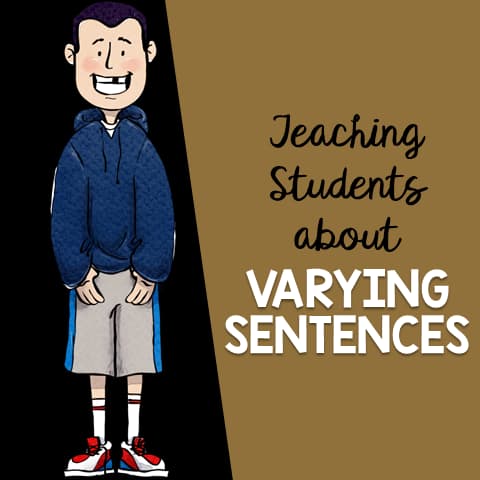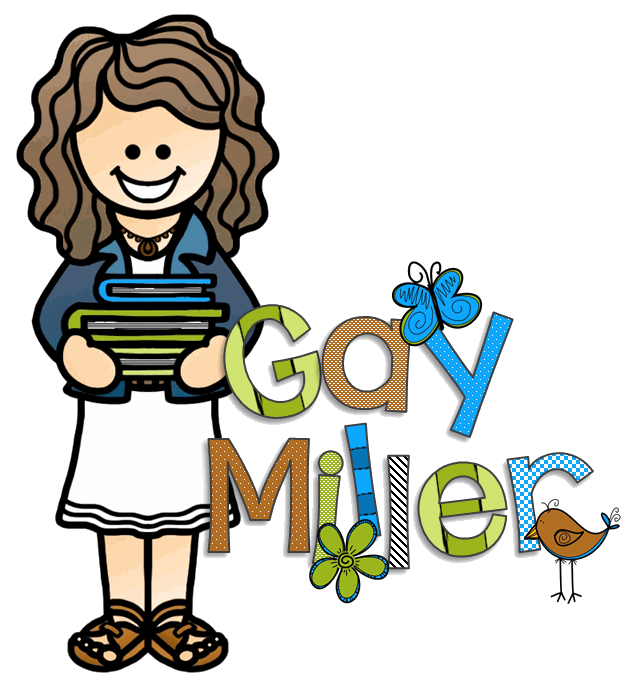
Varying sentences is one of those sneaky skills students often overlook until their writing starts sounding like a robot stuck on repeat.
While young writers often default to short and choppy or run-on sentences, mastering sentence variation is key to creating engaging writing. But don’t worry; I’ve got fun strategies (and some teacher-tested survival tips!) to help students mix it up without frustration.
Why Teach Sentence Variety?
Because without it, students either write like this:
➡ “The dog ran. The dog barked. The dog jumped. The dog played.” 😴 (Too choppy!)
OR like this:
➡ “The dog ran and the dog barked and the dog jumped, but then the dog played and then he got tired and he lay down.” 😵 (Stringy sentence overload!)
Our goal? Help students transform their writing into something natural, engaging, and effective—without leaving readers stuck in an endless loop of “and then…”
📥 Download the handout here.
It includes graphic organizers and a PowerPoint presentation for teaching all the activities talked about in this post.
Sentence Variety Progression Across Grade Levels
Wondering when to teach what? Here’s the Common Core breakdown for sentence structure:
| Grade | Standard | Focus |
|---|---|---|
| 1st | L.1.1.J | Recognizing the four types of sentences (declarative, imperative, interrogative, exclamatory) |
| 2nd | L.2.1.F | Combining simple sentences to create compound sentences |
| 3rd | L.3.1.I | Writing simple, compound, and complex sentences |
| 4th | L.4.1.F, L.4.2.C | Correcting fragments & run-ons; punctuation rules for compound sentences |
| 5th | L.5.2.B | Adding introductory elements to sentences |
| 6th | L.6.3.A | Using varied sentence patterns for meaning and flow |
📌 Classroom Tip
Post a simple sentence progression chart in your classroom so students see where they are and where they’re headed!
Activity #1: Recognizing Sentence Problems
Before students can fix their writing, they need to recognize problems.
Common Sentence Mistakes
✔ Choppy sentences are made up of short, simple parts. When there are too many in a row, writing can sound robotic or stiff.
✔ Run-on sentences happen when two or more thoughts are combined without the right punctuation. They end up sounding rushed or confusing.
✔ Stringy sentences go on and on, connecting too many ideas with words like “and,” “so,” or “because,” which can make the sentence tiring to read.
📌 Classroom Tip
Use the Sentence Problems Anchor Chart and foldable organizer to help students identify and correct these three common sentence issues. The organizer comes in various versions, ranging from fill-in-the-blank cloze formats to fully written examples, making it easy to scaffold instruction.


Activity #2: Using Different Sentence Types

Once students identify sentence problems, the next step is learning how to vary sentence types for better flow and interest.
Types of Sentences
✔ Simple sentences contain one subject + verb (independent clause).
✔ Compound sentences join two independent clauses using coordinating conjunctions (FANBOYS: For, And, Nor, But, Or, Yet, So).
✔ Complex sentences combine one dependent clause with an independent clause (using words like because, since, after, although, when).
✔ Compound-complex sentences include at least two independent clauses + one dependent clause.

Give students a paragraph and have them underline different sentence types in various colors.
Examples
BLUE → simple
GREEN → compound
YELLOW → complex
Why This Works
It helps students recognize patterns in their writing before they attempt to vary sentence structure.
Activity #3: When Should I Combine Sentences?

Students often ask, “Do I need to combine these sentences or leave them separate?”
Here’s a quick guide to help:
✔ Combine sentences when subjects are the same.
✔ Merge sentences when they repeat information.
✔ Turn short sentences into phrases for smoother flow.
✔ Use conjunctions to show relationships.
✔ Use semicolons for closely related ideas.
📌 Classroom Tip
Write out two sentences that should be combined, and let students “operate” on them using different techniques. For extra fun, make them wear plastic gloves while they rewrite the sentences!
Activity #4: Ways to Combine Sentences

This student organizer simplifies the revision process by giving students four strategies:
- simple sentence
- complex sentence
- compound sentence
- semicolon with a transition word
Pair this with sample sentence strips and let students practice combining and re-combining.

Have students spin a wheel (or pick a number) to decide how they must combine two sentences (e.g., “Use a semicolon” or “Make a compound sentence”). It keeps practice interactive and unpredictable!

Activity #5: PowerPoint on Varying Sentences

Want ready-to-use examples for sentence variation?
This PowerPoint is customizable, so you can swap sentences to match your students’ interests.

Use students’ names and topics they care about—such as sports, movies, or gaming—to make sentence practice more engaging.
These teaching ideas work best when spread over several mini-lessons or centers. Use writing samples from student journals, writing prompts, or even previous assignments for a quick before-and-after revision session.
Encourage students to “listen to their writing”—choppy and stringy sentences often sound off when read aloud. Let students read to a partner or use text-to-speech tools to help locate sentences that need improvement.

- PowerPoint file
- All graphic organizers (multiple levels)
- “When to Combine Sentences” chart
- Sentence-type reference guides
See the product that inspired this post.

Boost sentence fluency and grammar confidence with this 7-lesson unit.
Students tackle fragments, run-ons, and sentence variety through video instruction, engaging practice, and Common Core–aligned lessons. Delivered via Google Slides and easy to print, it’s flexible, teacher-friendly, and built to strengthen writing at any level.



1 comment
I loved using this with “The Cay” unit. My sixth graders still need some help on the types of sentences (they must have missed it in 3rd grade!! because they don’t really know different sentence types at all.) It’s been interesting learning about them myself….
I am looking through and saw your foldable examples for pronouns with your “Wizard of Oz” unit. Would you ever think about selling them as a set separately? I would love to purchase them! 🙂
Thanks for sharing your wealth of knowledge!
Kendra